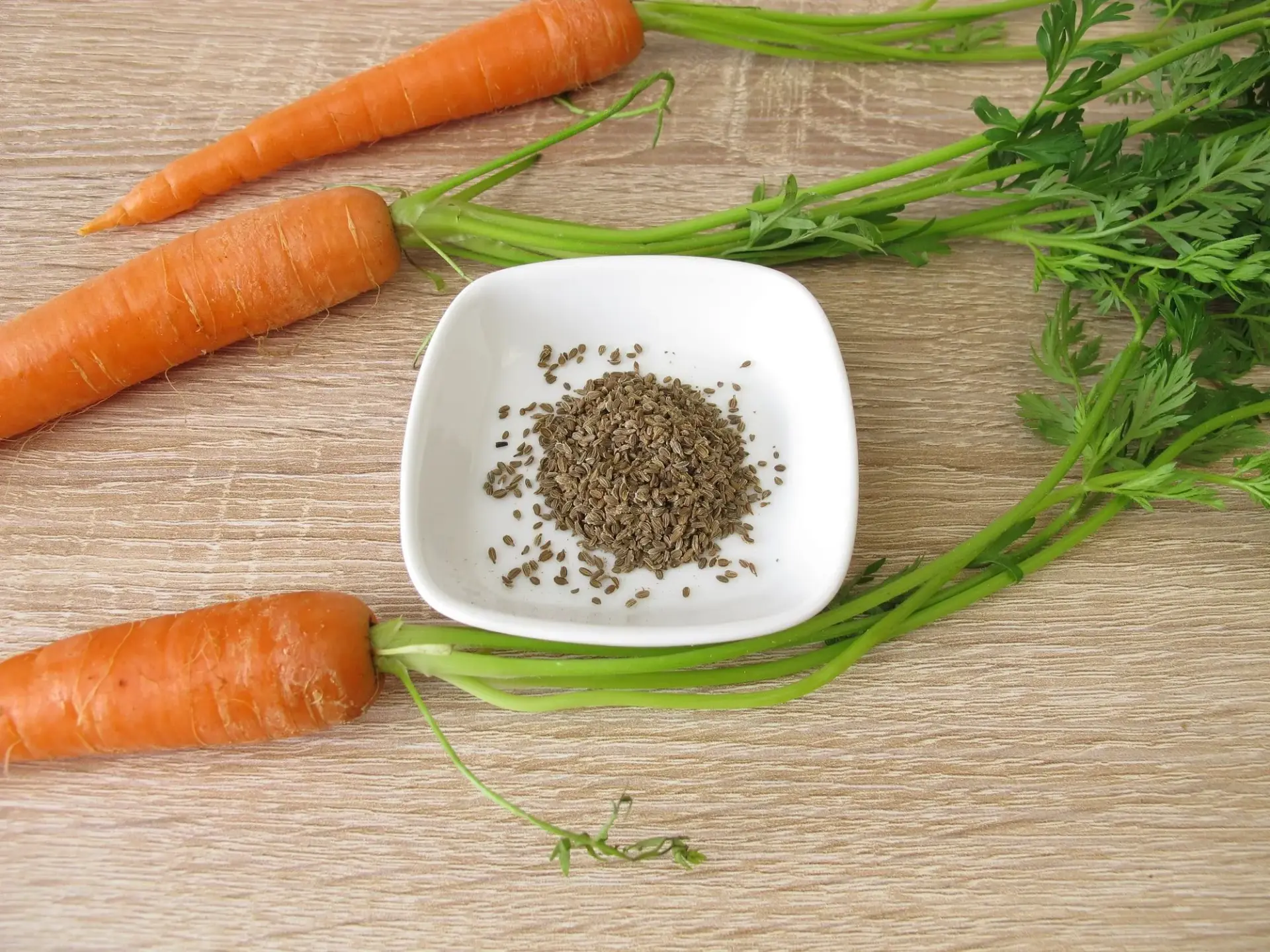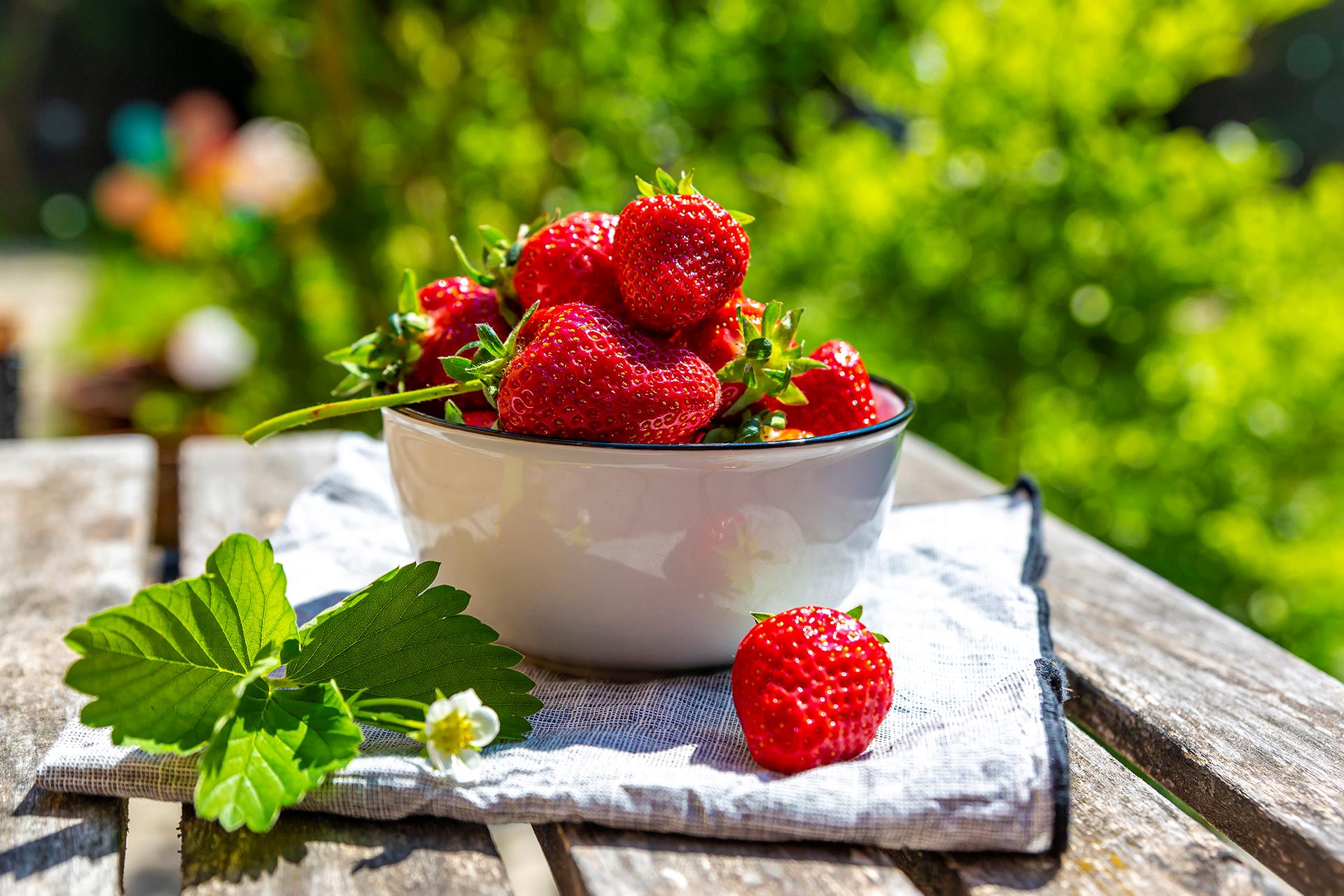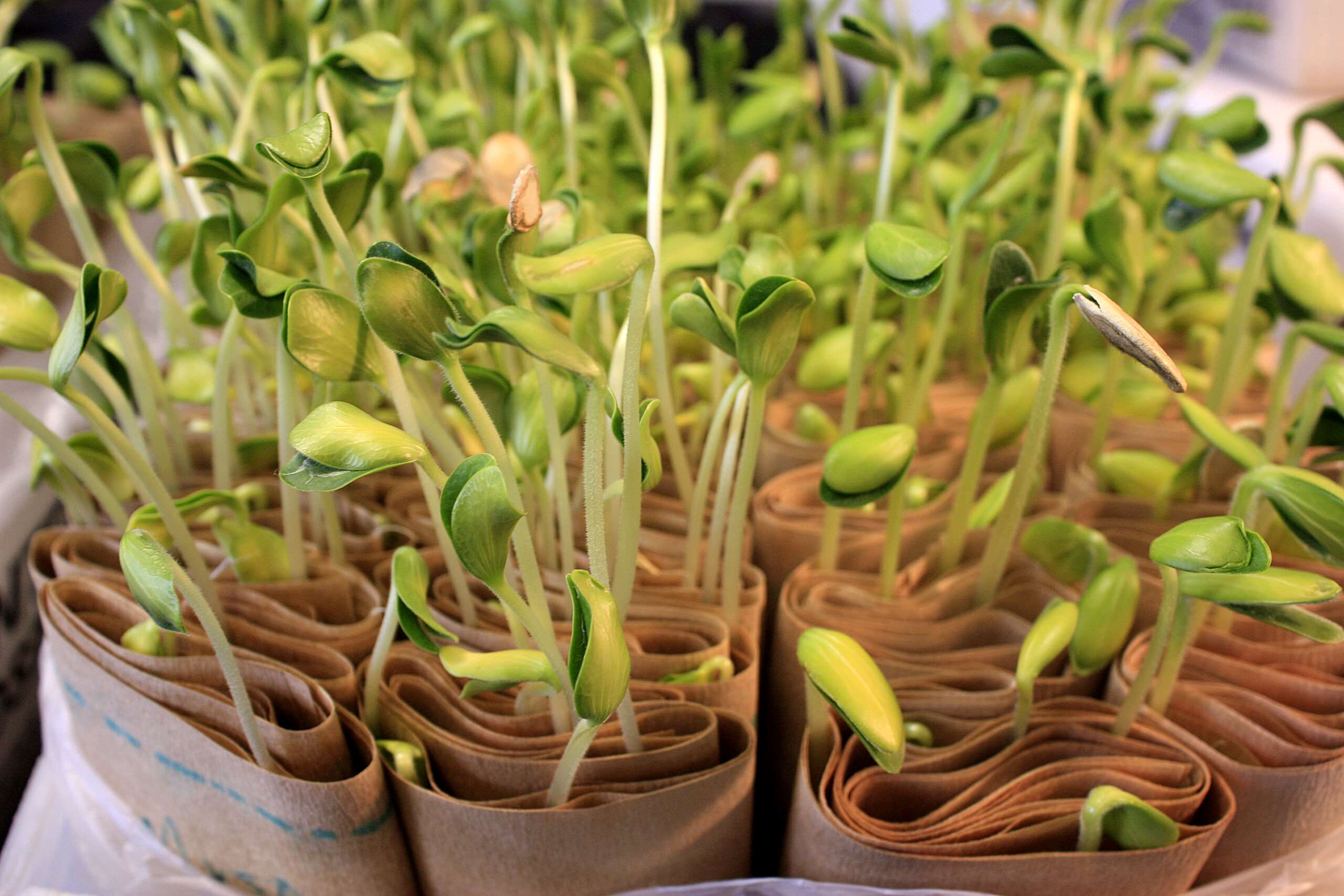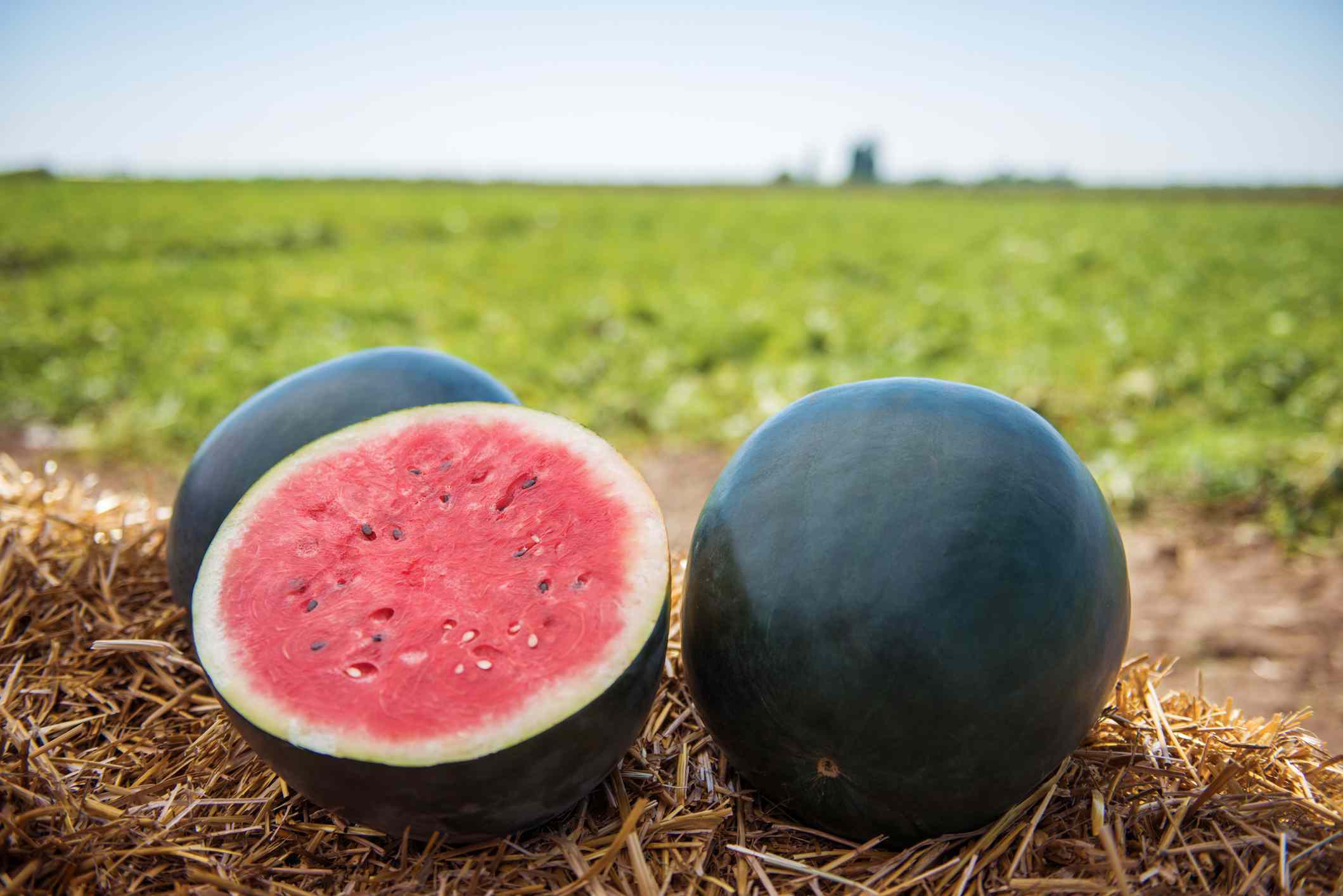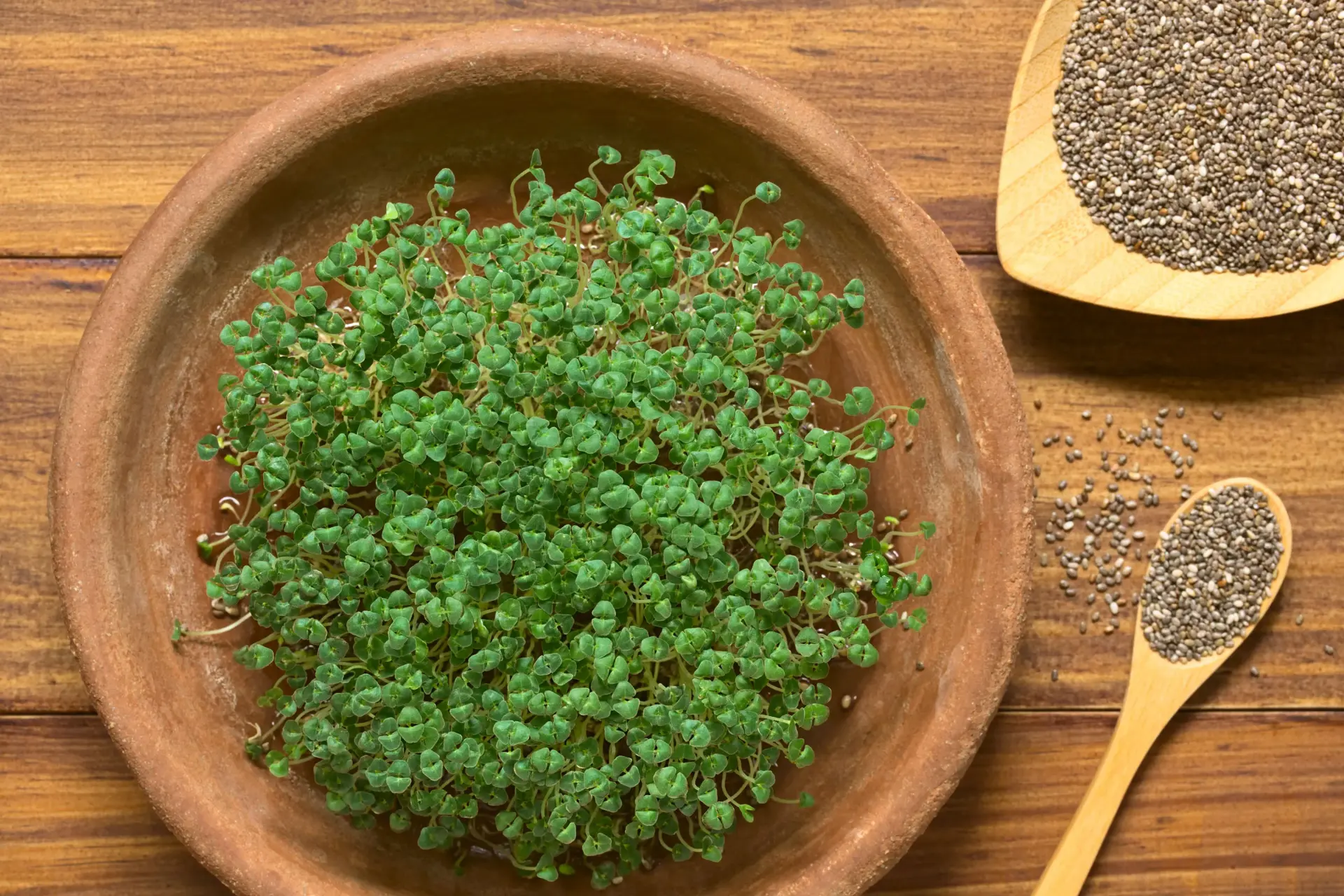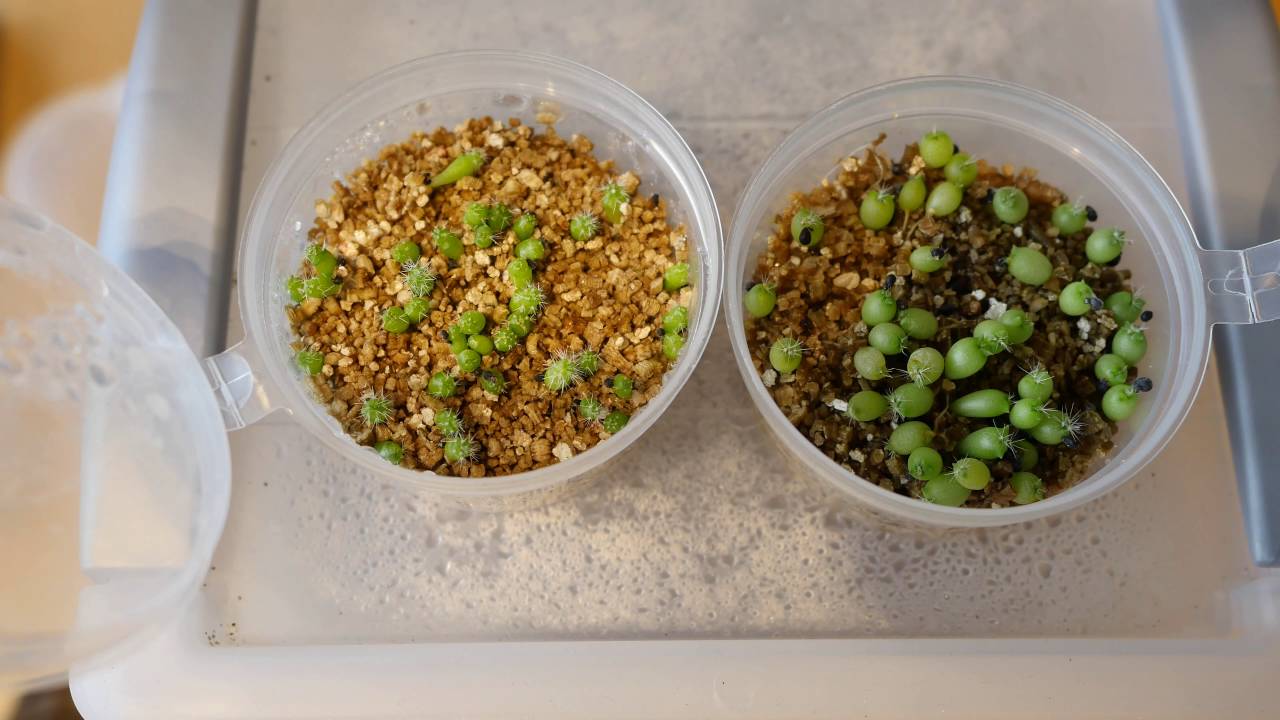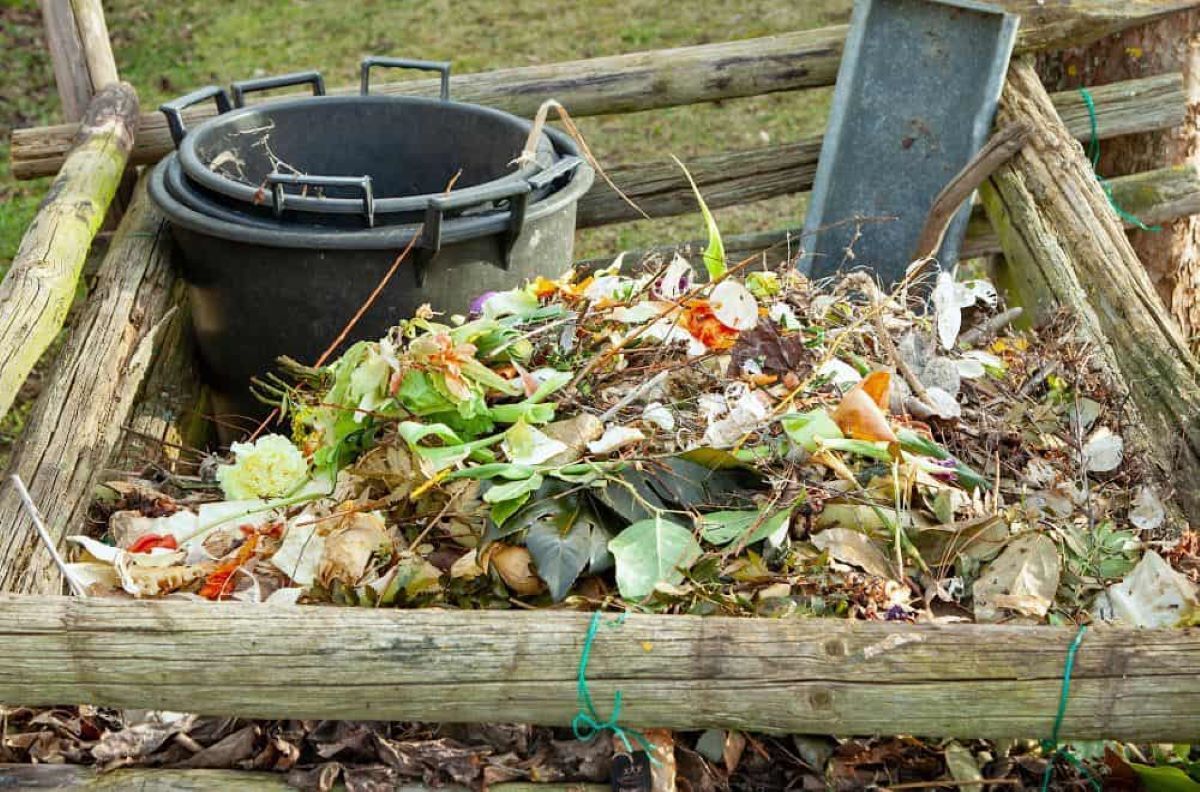Home>Types of Gardening>Ornamental Gardening>How Long Does It Take For Sunflower Seeds To Sprout


Ornamental Gardening
How Long Does It Take For Sunflower Seeds To Sprout
Modified: February 9, 2024
Discover the timeline for sunflower seeds to sprout in your ornamental garden. Learn how long it takes for these vibrant flowers to emerge and brighten your space.
(Many of the links in this article redirect to a specific reviewed product. Your purchase of these products through affiliate links helps to generate commission for Chicagolandgardening.com, at no extra cost. Learn more)
Table of Contents
Introduction
Ornamental gardening is both a popular hobby and an art form, allowing individuals to cultivate and display beautiful plants and flowers in their outdoor spaces. One particularly striking and versatile plant that is often chosen for ornamental purposes is the sunflower. With its vibrant yellow petals and tall, sturdy stalk, the sunflower adds a cheerful and dramatic touch to any garden or landscape.
But before the sunflower can grace our gardens with its brilliance, it must first undergo the process of germination. Germination is the awakening of a seed, the moment when it begins its journey from a tiny, dormant package of life to a thriving, growing plant. Understanding the germination timeframe for sunflower seeds is crucial for any ornamental gardener who wishes to cultivate these magnificent flowers.
Throughout this article, we will delve into the factors that can influence sunflower seed germination, the typical timeframe for germination, and provide a step-by-step guide to sprouting sunflower seeds in your own garden. We will also share valuable tips and troubleshooting advice to help ensure the success of your sunflower seed germination endeavors.
So if you’re ready to embark on an exciting journey of growing and nurturing sunflowers, let’s dive in!
Factors Affecting Sunflower Seed Germination
While the process of germination may seem like a simple and automatic one, there are several key factors that can influence the successful sprouting of sunflower seeds. Understanding and accounting for these factors will greatly increase your chances of achieving optimal germination rates.
1. Temperature: Sunflower seeds require a favorable temperature range for germination. Ideally, the soil temperature should be between 70 to 85 degrees Fahrenheit (21 to 29 degrees Celsius). Lower temperatures can slow down germination, while higher temperatures can lead to poor seed viability.
2. Moisture: Adequate moisture is essential for germination. The seeds need to be properly hydrated to activate the biochemical processes that initiate growth. However, excessive moisture can lead to rotting or fungal diseases. Striking a balance by keeping the soil evenly moist, but not waterlogged, is crucial.
3. Light: Unlike some plant species, sunflower seeds do not require light to germinate. In fact, they prefer darkness for successful sprouting. Planting the seeds at the recommended depth will ensure they are shielded from light and can focus on root development.
4. Soil Quality: Sunflowers thrive in well-draining, fertile soil. Poor soil quality can impede germination and affect the overall health and growth of the plant. Prior to planting, amend the soil with organic matter to improve its structure and nutrient content.
5. Seed Quality: The quality of the sunflower seeds themselves plays a significant role in germination success. It is advisable to obtain seeds from reputable suppliers and ensure they are not expired or damaged. High-quality seeds will have a higher germination rate and give you a better chance of success.
6. Seed Treatment: Some gardeners choose to pre-treat sunflower seeds to improve germination rates. These treatments may include soaking the seeds in water or a seed primer solution, scarifying the seed coat to improve moisture absorption, or chilling the seeds to break dormancy. Consider experimenting with different seed treatments to find the method that works best for you.
By taking these factors into consideration and creating a favorable environment for germination, you can greatly increase the chances of successfully sprouting your sunflower seeds. Now that we have explored the factors affecting sunflower seed germination, let’s move on to understand the expected timeframe for this process.
Germination Timeframe for Sunflower Seeds
Patience is a virtue when it comes to germinating sunflower seeds. The timeframe for sunflower seed germination can range from a few days to a couple of weeks, depending on various factors, including the conditions provided and the specific variety of sunflower.
On average, sunflower seeds will begin to sprout within 7 to 10 days of planting. However, some varieties may take as long as 14 days or more. It’s important to remember that these are just general guidelines, and individual seeds may have their own unique germination timeline.
The first sign of germination is the emergence of a small root structure known as the radicle. This delicate structure pushes its way through the protective seed coat and into the surrounding soil. Soon after, the first set of leaves, known as cotyledons, will appear, marking the beginning of the plant’s life above ground.
It’s worth noting that sunflowers are known for their rapid growth once they emerge from the soil. Under ideal conditions, they can grow several inches in just a few days. This impressive growth rate is a testament to their resilience and vigor.
However, it’s important not to get discouraged if germination takes longer than expected or if some seeds fail to sprout at all. Sunflower seeds have a natural variability in their germination rates, and not every seed may be viable. By planting a few extra seeds and allowing for some natural selection, you can increase your chances of having a successful crop.
Now that we have understood the germination timeframe for sunflower seeds, let’s move on to a step-by-step guide on how to sprout these magnificent flowers in your own garden.
Step-by-Step Guide to Sprouting Sunflower Seeds
Now that you’re ready to sprout sunflower seeds, here’s a step-by-step guide to help you successfully grow these stunning flowers in your own garden:
- Choose the right variety: Select a sunflower variety that fits your preferences and garden space. Consider factors such as flower size, plant height, and color.
- Prepare the soil: Sunflowers thrive in well-draining soil, so prepare the planting area by loosening the soil and removing any weeds or rocks. Amend the soil with organic matter to improve its fertility and drainage.
- Sow the seeds: Plant the sunflower seeds about 1-2 inches (2.5-5 cm) deep, spacing them 6-12 inches (15-30 cm) apart. Plant multiple seeds in each hole to increase the chances of successful germination.
- Water the seeds: After planting, water the seeds thoroughly to ensure proper moisture penetration. Keep the soil consistently moist, but avoid overwatering, as this can lead to rotting.
- Provide optimal growing conditions: Sunflowers prefer full sun, so choose a location in your garden that receives at least six hours of direct sunlight per day. Ensure the plants are protected from strong winds that may damage their tall stalks.
- Monitor and care for the seedlings: Keep a close eye on the seedlings as they emerge. Water them regularly to maintain the soil moisture and provide support, such as staking or tying, as the plants grow taller.
- Fertilize when necessary: Sunflowers generally do not require heavy fertilization, as they are hardy plants. However, if your soil is lacking in nutrients, you can apply a balanced fertilizer following the instructions on the package.
- Protect the flowers: As the sunflowers begin to bloom, protect them from pests such as birds or insects that may attempt to nibble on the petals or seeds. You can use netting or other physical barriers to deter such pests.
- Harvest the seeds: Once the sunflower heads begin to droop and the back of the flower turns yellow, it is an indication that the seeds are ripe for harvest. Cut the flower head and hang it upside down in a cool, well-ventilated area to dry. Once the seeds are fully dry, you can easily remove and store them for future use or enjoy them as a tasty snack.
Following these steps will help you successfully sprout sunflower seeds and cultivate a beautiful display of these stunning flowers in your garden. However, like any gardening endeavor, it requires care, patience, and a deep appreciation for the beauty of nature.
Tips for Ensuring Successful Germination
Germinating sunflower seeds can be a rewarding experience, but it’s important to take certain measures to ensure a higher success rate. Here are some valuable tips to help you achieve successful germination:
- Start indoors: If you live in a region with a short growing season, consider starting sunflower seeds indoors several weeks before the last frost date. This gives the seedlings a head start and increases the chances of successful germination.
- Use quality soil: Use a high-quality seed-starting mix or potting soil when sprouting sunflower seeds indoors. This ensures proper drainage and provides the necessary nutrients for the seedlings’ early growth.
- Soak or scarify the seeds: Some sunflower seeds have tough outer shells that can benefit from pre-soaking or scarification. Soaking the seeds in water overnight or lightly scoring the seed coat can help speed up germination by allowing water to penetrate more easily.
- Use bottom heat: Sunflower seeds prefer warm soil for germination. Place trays or pots on a heat mat or in a warm location to provide bottom heat to the seeds. This can help accelerate the germination process.
- Protect from pests: Squirrels, birds, and other animals are attracted to sunflower seeds. Protect your sprouting seeds by covering them with netting or suspended mesh to prevent animals from feasting on them.
- Maintain consistent moisture: Water the seeds regularly and ensure that the soil remains evenly moist throughout the germination period. Avoid overwatering, as excessive moisture can lead to fungal diseases. A light misting with a spray bottle can help maintain moisture without saturating the soil.
- Thin out seedlings: If multiple seeds sprout in the same location, thin them out once they have a few sets of true leaves. This allows the remaining seedlings to have adequate space, nutrients, and sunlight for healthy growth.
- Provide appropriate lighting: If starting the seeds indoors, ensure that they receive sufficient light. Place them near a sunny window or use fluorescent grow lights to provide the necessary light intensity for strong and healthy seedling growth.
- Transplant carefully: If you start the seeds indoors and plan to transplant the seedlings outdoors, do so after the danger of frost has passed and the seedlings have at least two sets of true leaves. Transplant them gently, taking care not to damage the delicate root system.
- Label your plants: Keep track of the sunflower varieties and planting dates by labeling your plants. This allows you to monitor their growth, assess their performance, and plan for future planting and seed saving.
By implementing these tips, you can greatly increase the likelihood of successful germination and enjoy the sight of your flourishing sunflower garden.
Troubleshooting Common Issues with Sunflower Seeds Sprouting
While growing sunflowers can be a rewarding experience, it is not uncommon to encounter certain challenges when sprouting sunflower seeds. Here are some common issues that may arise and troubleshooting tips to help you overcome them:
- Poor germination: If your sunflower seeds have a low germination rate, try scarifying or pre-soaking them before planting. Additionally, check the quality and viability of your seeds, as expired or damaged seeds may have reduced germination rates.
- Fungal diseases: Excessive moisture and poor air circulation can lead to fungal diseases, such as damping-off, which can cause young seedlings to wilt and die. To prevent fungal diseases, ensure proper drainage, use sterile soil, and avoid overwatering.
- Pest damage: Birds, squirrels, and insects may be attracted to sunflower seeds and pose a threat to sprouted seedlings. Protect your plants by using physical barriers like netting or scare tactics such as reflective materials or noise devices.
- Stunted or leggy seedlings: Insufficient light can cause seedlings to become leggy or weak. Make sure your seedlings are receiving adequate light by placing them near a bright window or using artificial grow lights. Avoid overcrowding seedlings, as this can also lead to leggy growth.
- Overwatering or underwatering: Finding the right balance of moisture is essential for successful sunflower seed germination. Avoid overwatering, as it can lead to rot and fungal diseases. On the other hand, underwatering can hinder the germination process. Monitor soil moisture levels and adjust watering accordingly.
- Poor soil quality: Sunflowers thrive in well-draining and fertile soil. If you notice poor growth or yellowing leaves, the soil may lack nutrients. Amend the soil with organic matter, such as compost or well-rotted manure, to improve its structure and fertility.
- Heat stress: Sunflower seedlings can be sensitive to high temperatures. If you encounter extended periods of heat, provide shade for the young seedlings using shade cloth or a temporary shelter. Water them adequately to help cool the soil and maintain moisture levels.
- Frost damage: Sunflowers are warm-season plants and are susceptible to frost damage. Plant them outdoors only after the threat of frost has passed, or start the seeds indoors to give them a head start.
- Poor pollination and seed development: Sunflowers rely on bees and other pollinators for successful pollination. Ensure that your garden has a sufficient population of pollinators by including other flowering plants nearby. If you notice inadequate seed development, consider hand-pollinating the flowers using a soft brush or by gently shaking the flower heads.
By identifying and addressing these common issues during the sprouting stage, you can overcome potential challenges and nurture healthy and vibrant sunflower plants in your garden.
Conclusion
Growing sunflowers from seeds can be a fulfilling and rewarding experience for any ornamental gardener. Understanding the factors that affect sunflower seed germination, the expected timeframe for sprouting, and following a step-by-step guide can help ensure successful germination and thriving sunflower plants in your garden.
By considering factors such as temperature, moisture, light, soil quality, and seed treatment, you can create an optimal environment for sunflower seed germination. Patience is key, as it may take up to a couple of weeks for the seeds to sprout and develop into healthy seedlings. Once the seeds sprout, providing proper care, such as watering, fertilizing, and protecting from pests, will promote strong growth.
It is important to be mindful of common issues that may arise during the germination process, such as poor germination rates, fungal diseases, pest damage, stunted seedlings, or inadequate pollination. Troubleshooting these issues through proper seed treatment, soil improvement, pest management, and providing optimal growing conditions will increase the chances of successful sunflower cultivation.
Remember, gardening is a journey of learning and experimentation. Each gardening experience is unique and comes with its own challenges and rewards. Embrace the process, learn from your experiences, and take pride in nurturing your sunflowers to reach their full potential.
So let your love for ornamental gardening shine, and let sunflowers bring joy and beauty to your outdoor spaces. Happy sprouting!

